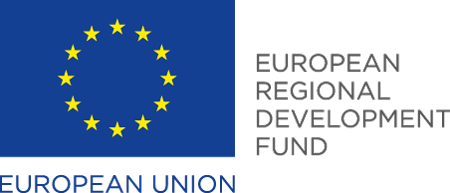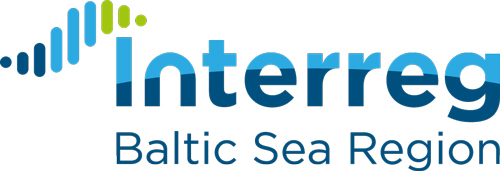Furuno Onboard the “STM Ship”
A second procurement has now been finalised and we welcome Furuno onboard the STM ship. Furuno will provide 43 ships with Sea Traffic Management-compatible onboard systems. Together with systems from other ECDIS suppliers (Transas, Wärtsilä SAM Electronics and Adveto) and systems in the Winter- and SAR- testbeds, thus the STM Validation Project has reached its goal of 300 ships.
Test Manager Björn Andreasson of the Swedish Maritime Administration is pleased: “To have a fourth supplier delivering systems confirms the general interest in the STM concept. Future developments of STM will be driven by commercial actors like Furuno.”
Tero Airissalo, Sales & Marketing Manager at Furuno explains: “Furuno is striving to be among the first with new technology and solutions. We recognise the long-term benefits of STM in the form of higher security and safety, increased efficiency and a positive impact on the Environment. But STM will also be beneficial in the near future. In the current test, customers using our system will make substantial fuel savings through increasingly optimised routes and more accurate timing of port call arrivals.”
Detailed specification of the requirements and interfaces is a major step towards the concrete realization of the vision of the open-standard, connected ship. The Sea Traffic Management test introduces an infrastructure that supports maritime actors in providing and utilizing services as well as machine-to-machine information, with more automated procedures than can currently be achieved. The development of Sea Traffic Management is completely open, and all interested parties are invited to join as associate partners and take part in the development of the future.
Supplied services during the test include route optimisation, enhanced monitoring, port call synchronisation, ship-to-ship route exchange and several others. Fuel can be saved, port call efficiency increased and accident risk reduced.







